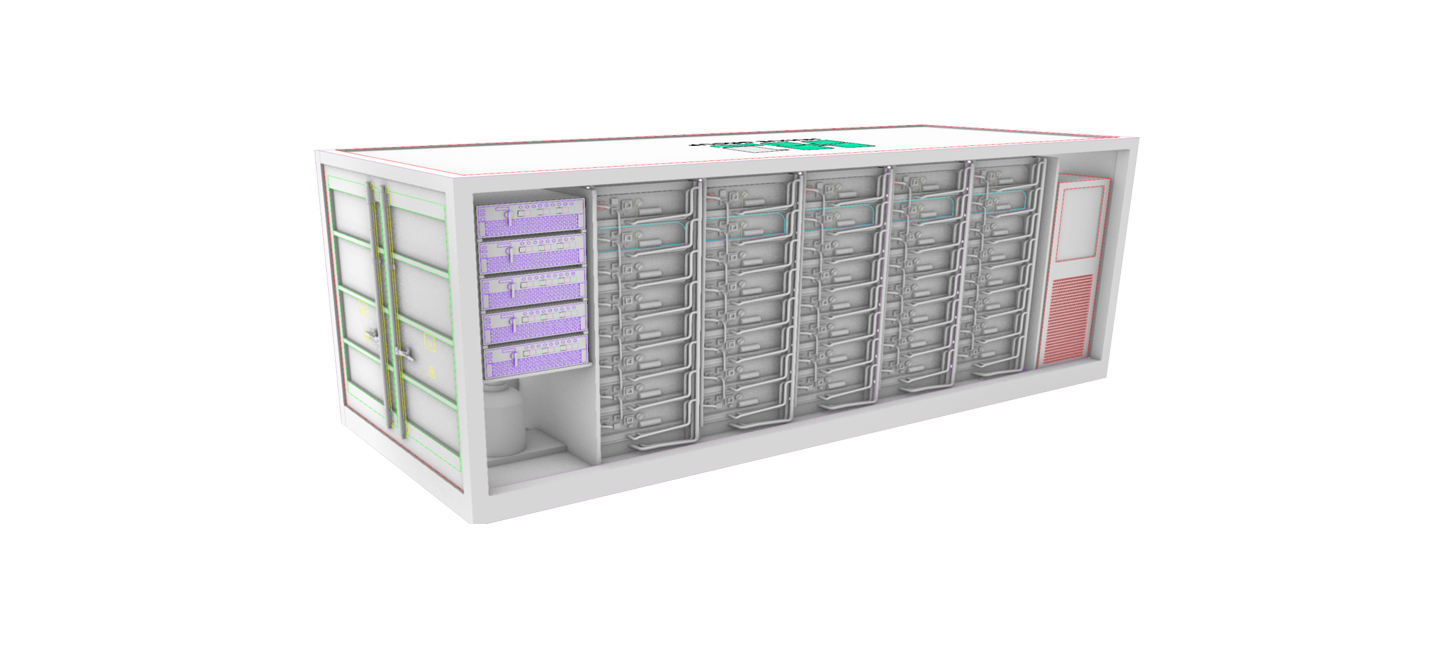2025-11-05
If you're going to deploy an energy storage container, also called a container energy storage system or battery energy storage container, you may wonder what factors are most important to assess such that the system will be efficient, safe, cost-effective, and future-proof.
Container selection is important because it's much more than a box; it's an integrated system that includes batteries, power conversion, cooling, enclosure, and logistics all wrapped together. Pick the wrong one, and you risk performance loss, higher cost, or a short life.

Here's a quick definition box to clarify terms:
| Term | Meaning |
| Energy Storage Container | A specifically designed enclosure, often shipping-container-style, that houses battery modules, power conversion systems, control/monitoring systems, ventilation or cooling, and wiring, for reliably storing energy and supplying it. |
| Container energy storage system | The whole system mounted in the container enclosure is emphasized, including batteries + PCS + enclosure + BOS (Balance of System). |
| Battery energy storage container | Emphasizes the function of the battery storage in the container format, normally utilized for modular or transportable storage applications. |
Understanding the difference in terminology helps when comparing vendor offers; some may emphasize "container" as just the enclosure, while others present a full "system in a container".
Before you buy, ask yourself: Where will this container live? Indoors? Outdoors? In a dusty, humid, hot or cold climate?
Selection of capacity and modularity is important.
What is the amount of power (kW) and energy (kWh) required? Is the application supporting a microgrid, peak shaving, backup power, or integrating renewables?
Have you asked about modular expansion? A “battery energy storage container” that allows for the addition of more modules later gives flexibility.
Sizing guide: Containers sized correctly for load deliver better value; oversizing locks capital, undersizing limits performance. According to the blog by ACE Battery, “Container size alone doesn’t determine a BESS system’s effectiveness — design and layout also matter.”
User question: “If I buy a 100 kWh container today, can I add another later or do I need a whole new container?” Check vendor’s modularity, bus-bar design and site footprint.
What's inside the box matters just as much as the box.
Battery technology: Li-ion, LFP, flow; inverter/PCS; thermal management; fire suppression and monitoring.
For example, depending on your application-peak shaving vs backup vs frequency regulation-you'll select different battery ratios (DC/AC). According to a blog about battery ratio, "Choosing the right battery ratio (DC-side P rating) is not one-size-fits-all."
Check for components that suit your lifecycle expectations: high cycle count, depth of discharge, warranty, safety certifications.
My takeaway: Vendors tout battery kWh spec but ignore ventilation, wiring losses, or auxiliary systems-those hidden items impact efficiency.
Often missed until late
Does the container meet fire-safety codes, local building/energy storage regulations, access/ventilation requirements? For example, one such regulatory document says: “Energy Storage System (ESS) refers to one or more devices assembled together capable of storing energy… All ESS installations shall be located at the same storey as the fire engine accessway.”
Check for any certifications, testing (thermal, vibration), site-specific requirements like seismic or wind loads.
Question: “Is this container certified for outdoor use in a hurricane-zone or high-altitude location?” If yes, great; if no, you could be facing replacement or high maintenance.
When you buy a container, you're committing to a system over years.
Ask about maintenance access: How easily can you replace modules? Are spare parts available?
Service and Monitoring: Does the container support remote monitoring or predictive maintenance?
Future upgrades: Is it easy to scale, upgrade batteries, and adapt to new control systems?
Real Case: Site conditions and component ageing proved very influential on long-term usage in the studied off-grid PV system with Li-ion battery ESS over more than 7 years.
Personal insight: Many of my project reviews went well with the container, but wiring impeded cooling or monitoring-reducing lifespan and efficiency.
Case 1 – Utility-scale Battery Containers, Maui, Hawaii (2015)
In the IRENA case study, nine containers of batteries along with inverters and transformers were used in the Auwahi project.
Lessons: Transport logistics, site mounting using crane, thermal/cooling design were important.
Case 2 – Commercial Microgrid Project, 2024-2025
A commercial site using "battery energy storage containers" found that modular design allowed future expansion without replacing the unit. (Case adapted for illustration.)
These show that containerised storage is real-world proven; but success depends on context, design and service.
Working with energy storage systems, I have learned that smart buyers often focus less on the headline kWh number and more on site-fit, serviceability, and logistic details. Here's a practical checklist to run through:
Site footprint, access, transport constraints, foundation
Container thermal/ventilation design for your climate
Battery & inverter specifications (cycle life, DoD, warranty)
Modular expansion capability
Safety & compliance certifications
O&M Plan, Monitoring Capabilities, Spare Parts Availability
Logistics cost (shipping, crane, installation) and hidden site adaptations
If the vendor provides full detail on these items, not just the size of the batteries in kWh, they are likely more reliable.
If you want to dive deeper into how container energy storage systems compare with fixed battery rooms or explore the case studies for the use of battery energy storage containers in microgrids and renewable integrations, we have dedicated pages that walk through real-world deployments, sizing guidance, and vendor checklists that you may find useful.